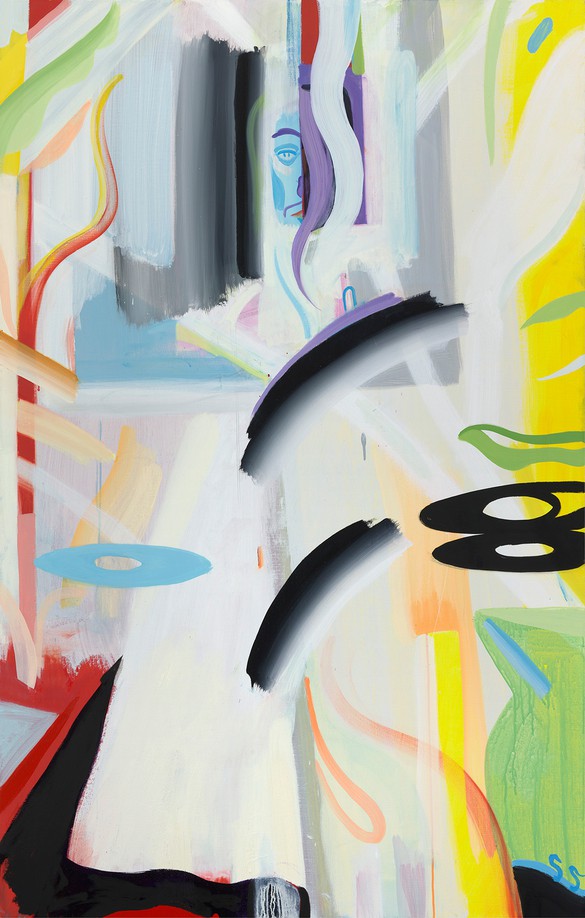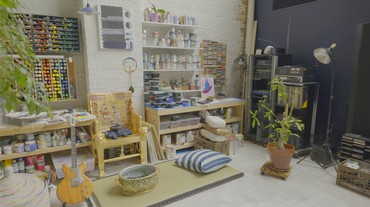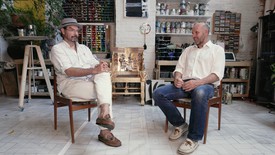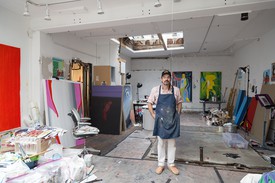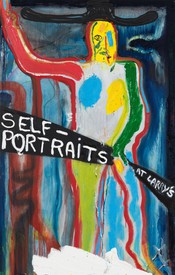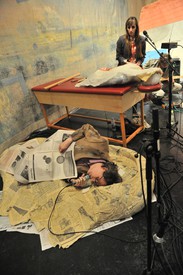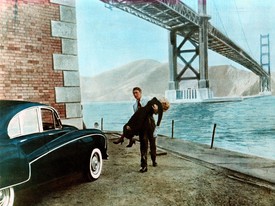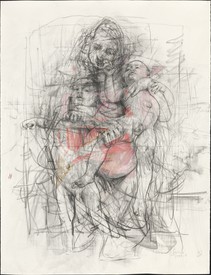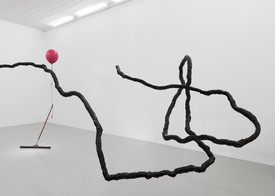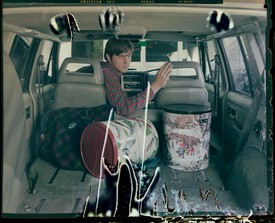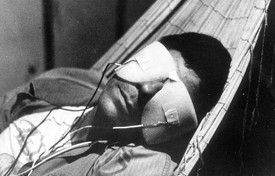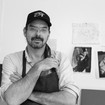
Spencer Sweeney has been a vital presence in the art, nightlife, and music scenes of New York for twenty years. As a musician and performance artist, he was a member of the seminal noise-art group Actress; as a painter and visual artist, he makes collages, paintings, self-portraits, and drawings, as well as environments and immersive experiences, such as the 2010 show in which he moved his living quarters into a gallery space and installed himself alongside the art objects on view. Photo: Rob McKeever
A playlist is a kind of sacred thing: each song selection and placement is an expression of the soul. That’s the magic you get when listening to a mixtape.
This playlist started from songs that caught my attention while I was working in the studio during the lockdown. It’s a mixture of well-known and lesser-known recordings from jazz, funk, swing, rock, and beyond. I chose from pop cultural masterpieces and contextualized them against more sprawling avant-garde arrangements. I wanted to draw attention to some unexpected commonalities between the tracks.
I often start in one place with a song and then each time I revisit it I have a different experience and make new connections. This bleeds into my studio practice, too, in the repetition of visual motifs.
Whether music or art, it’s about the journey, and most importantly, getting lost along the way.
The music community has been hit disproportionately hard by the pandemic. Opportunities for musicians to perform in front of live audiences have been almost nonexistent, many venues have gone permanently dark, and we’ve lost luminary artists to the virus. In this playlist, I included the song “Night in Zeralda” by jazz musician Manu Dibango, a lifelong inspiration who lost his life to COVID.
Making a mixtape or a playlist is a soulful and deeply personal expression. When you’re listening to a playlist, you immediately think about the person who put it together or for whom it was made. I sent the song “M’Bemba” by the Afro-Pop singer/songwriter Salif Keita to a friend on the day of the announcement of COVID lockdown. The song came to me again around the time of vaccination rollout and reopening, at which point I sent it to her once more with a reminder of how far we’ve come in the past year. It was a song shared to deliver feelings of courage, strength, and beauty.
Artwork © Spencer Sweeney
